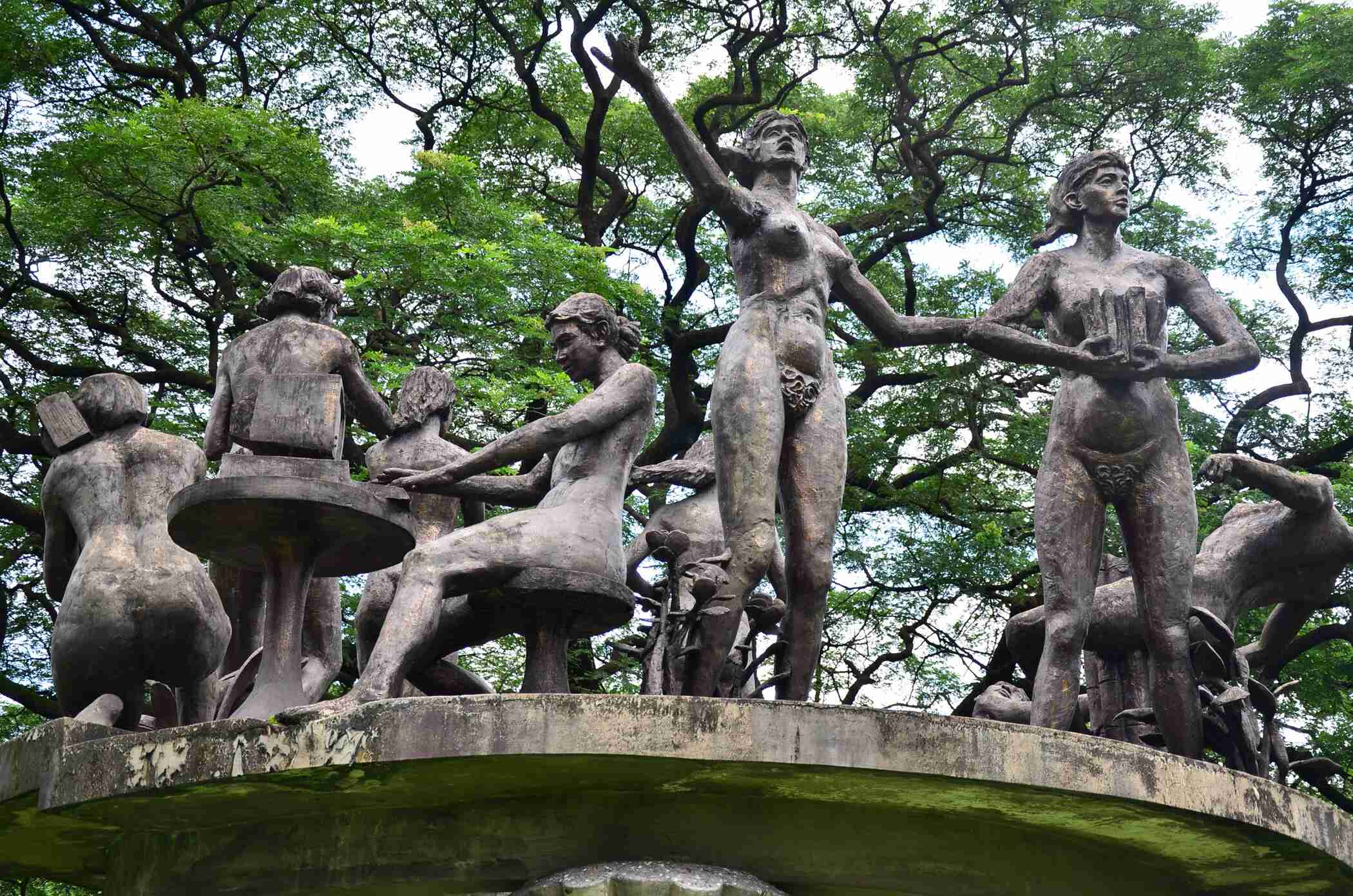The Enigmatic Artistry Of Napoleon Abueva

Napoleon Abueva, often hailed as the "Father of Modern Philippine Sculpture," left an indelible mark on the world of art. His works, ranging from intricate wood carvings to grand marble statues, showcase a blend of traditional Filipino themes and modernist techniques. But what makes Abueva's art so captivating? Is it his ability to breathe life into cold stone, or perhaps his knack for capturing the essence of Filipino culture in every piece? This article delves into the life and legacy of Napoleon Abueva, exploring how his unique vision and unparalleled skill continue to inspire artists and art lovers alike.
The Early Years of Napoleon Abueva
Napoleon Abueva, often hailed as the Father of Modern Philippine Sculpture, began his artistic journey in humble surroundings. His early works reflect a raw, unrefined talent that would later evolve into masterpieces.
"Kiss of Judas" – This early piece showcases Abueva's ability to capture intense emotion and drama, setting the stage for his future works.
"The Crucifix" – A testament to his religious upbringing, this sculpture combines traditional themes with a modern twist.
Masterpieces That Defined His Career
As Abueva's skills matured, his works became more complex and thought-provoking. These pieces not only defined his career but also left an indelible mark on Philippine art.
"Nine Muses" – Located at the University of the Philippines, this sculpture represents the nine classical muses of Greek mythology, each intricately detailed.
"Transfiguration" – Found at the Eternal Gardens Memorial Park, this piece symbolizes resurrection and eternal life, blending spirituality with artistry.
Public Art and Monuments
Abueva's influence extends beyond galleries and museums. His public art and monuments are scattered across the Philippines, each telling a unique story.
"Sandugo" – This monument in Bohol commemorates the blood compact between Datu Sikatuna and Miguel López de Legazpi, symbolizing friendship and unity.
"The Spirit of Business" – Located in Makati, this sculpture captures the dynamic and ever-evolving nature of the business world.
Innovations in Material and Technique
Abueva was not just a master of form but also a pioneer in using unconventional materials and techniques. His innovative approach set him apart from his contemporaries.
"Allegorical Harpoon" – This piece uses indigenous materials, showcasing Abueva's ability to blend traditional and modern elements seamlessly.
"The Sculpture Garden" – Located at the National Museum, this collection features works made from various materials, demonstrating his versatility and creativity.
Legacy and Influence
Napoleon Abueva's legacy extends far beyond his lifetime. His influence can be seen in the works of contemporary Filipino artists who continue to draw inspiration from his groundbreaking techniques and visionary approach.
"The Abueva Ancestral House" – Now a museum, this house in Bohol offers a glimpse into the life and works of the artist, preserving his legacy for future generations.
"The Abueva Retrospective" – Held at the Cultural Center of the Philippines, this exhibition showcases a comprehensive collection of his works, celebrating his contributions to Philippine art.
Napoleon Abueva's Lasting Impact
Napoleon Abueva's work has left a significant mark on the world of art. His ability to blend traditional Filipino themes with modern techniques set him apart. Abueva's sculptures, like "The Transfiguration" and "Nine Muses," showcase his talent and creativity. These pieces continue to inspire both artists and art lovers.
His contributions to the art community extend beyond his sculptures. Abueva also played a crucial role in mentoring young artists, ensuring that his knowledge and passion were passed on to future generations. His legacy lives on through his students and the many public artworks that grace various locations.
Abueva's artistry is a testament to his dedication and vision. His work remains a source of national pride for the Philippines. As we reflect on his achievements, it's clear that Napoleon Abueva's impact on the art world will be felt for many years to come.

